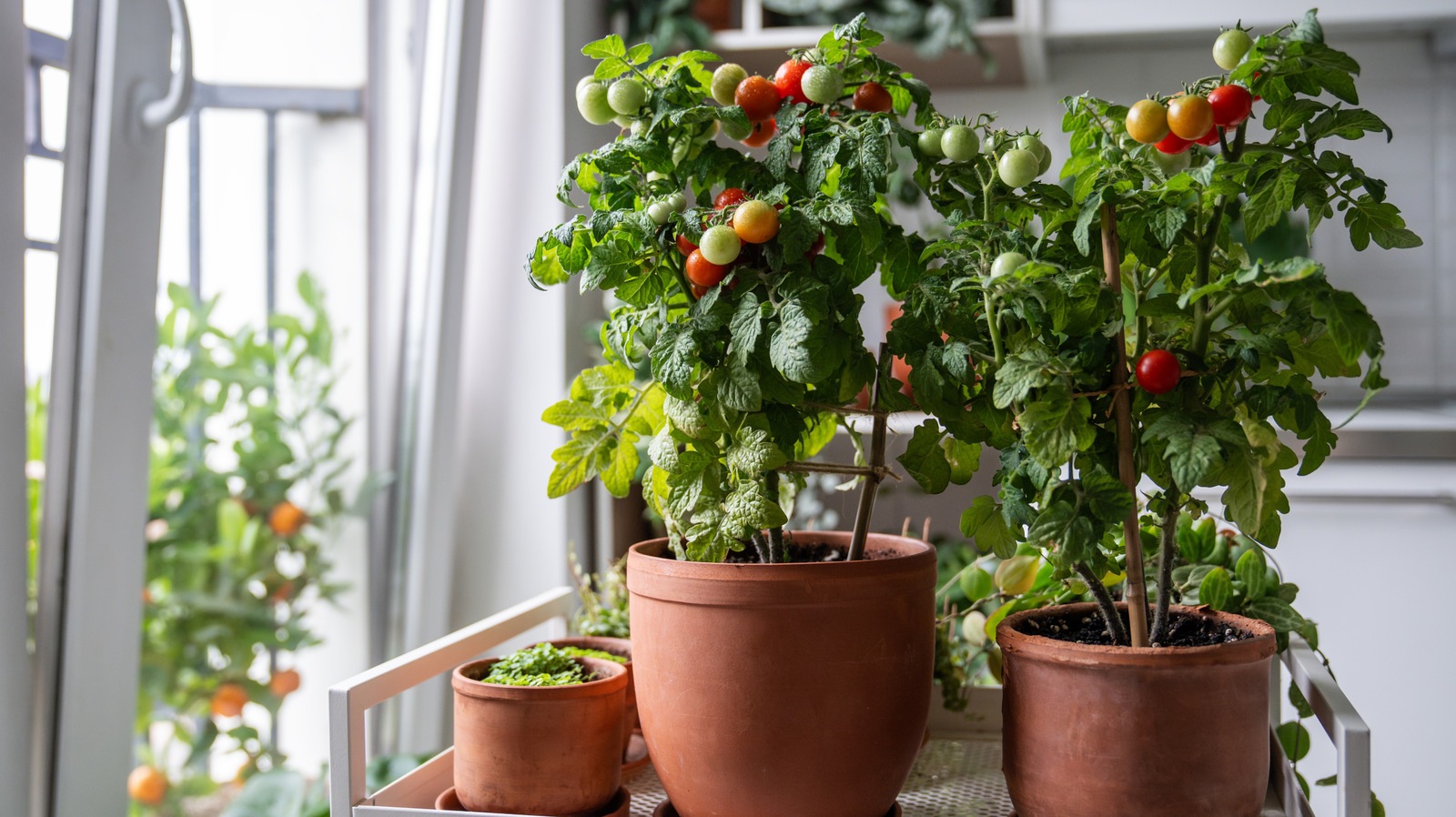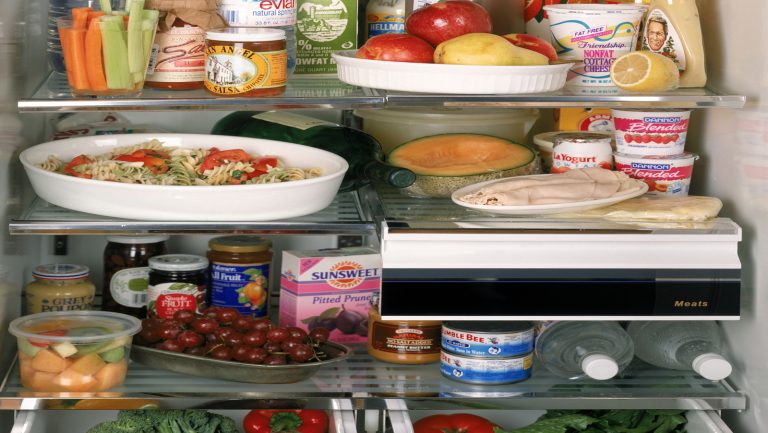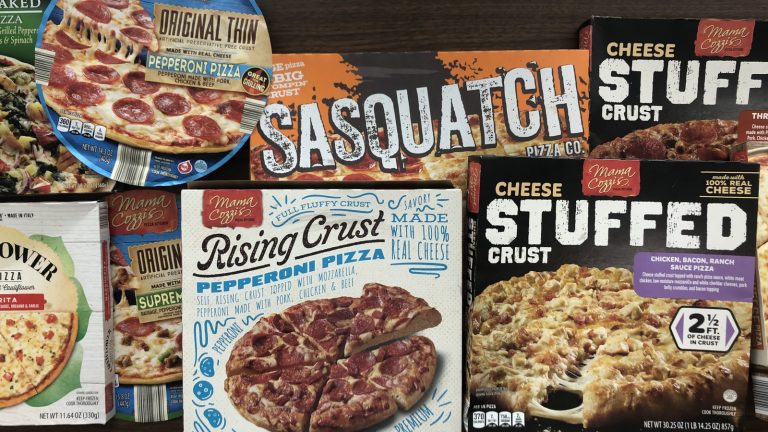Drooping stems, shriveled blooms, and wilting, yellowed leaves are a familiar sight for any kind of gardener. But when you’re cultivating an indoor vegetable garden, the signs of fading flora can seem more like the expectation than the exception. It can start to feel like the satisfaction of eating homegrown vegetables is a luxury reserved for those with large swaths of land to their name (or at least who have a small outdoor patch and mostly hospitable conditions). Truly, though, it doesn’t have to be this way. Indoor vegetable gardening is a great option for those who have little to no outdoor space or who live in harsher climates and want year-round produce — as long as you’re willing to bring the outside inside.
Plants need sunlight, water, air, space, and nutrients to grow and produce their fruit, all of which are found mostly readily outdoors but are distinctly absent from an apartment living room. If you’re only ever producing those withered stems, blooms, and leaves in your indoor garden, it probably means that you aren’t sufficiently recreating the natural conditions your plant needs. So, avoid these rookie mistakes for indoor herbs and vegetables, and help your plants stay alive and thrive.
Cultivate the veggies that will flourish indoors
The first step for successfully growing vegetables indoors is to not only choose produce that can grow in a more confined, artificial space, but to consider what agricultural conditions you’re able to provide. Vining plants, like pumpkins and watermelons, grow into a very large plant very fast and will likely take up more space than you can offer inside. Potatoes and root vegetables like carrots or beets also need a large, deep growing area, so these are only worth cultivating indoors if you’re able to accommodate very deep containers. Tomatoes and peppers can be grown inside, but they need lots of light and warmth and, since you probably don’t have bees living in your kitchen, will also need to be hand-pollinated to produce fruit. Ultimately, consider the conditions and the time you’re able to give.
Greens of many kinds (like lettuce, spinach, arugula, chard, and even microgreens) are generally an easy indoor growing choice and can handle lower light. Radishes or herbs, like basil or rosemary, can also thrive year-round in a small space, as long as you provide direct or artificial sunlight. Explore some of the best places to find vegetable plants and choose what works for your needs and space.
Don’t keep your plants in the dark
Speaking of light, not providing enough sunlight to indoor plants is one of the most common mistakes of beginner vegetable gardeners. So, here’s a quick elementary school biology refresher: Plants absorb the energy in sunlight, which allows them to combine carbon dioxide and water to create simple sugars that plants use as food to make energy to grow and repair themselves (processes known as photosynthesis and cellular respiration, respectively). And it has to be the right kind of light; your 40-watt incandescent bulbs just aren’t going to cut it.
If you want your plants to grow, you’re going to have to give them the right amount of sunlight. The number of sunlit hours they need will vary from veg to veg, with most requiring at least eight hours and others needing as much as 18, but you have a couple of options. For some, placement in a bright window with lots of direct sunlight will be enough, but others will need more artificial sunlight. You can get special grow lights, which are designed for that purpose, or you can find bulbs with a 5,000 to 6,500 Kelvin rating (which measures the light’s color temperature) and a minimum 2,500 lumen production (which measures the visible light and its brightness).
Make sure you leave room for the roots
Outdoors, plants have lots of space to spread out and reach their roots deep into the soil. While you probably won’t be able to provide the same amount of room as the topsoil layer of the Earth, don’t make the mistake of keeping your indoor veggies confined. Containers that are too small can lead to the plant becoming root-bound, which impacts the health of your plant and limits how much it can produce.
The definition of “too small” will depend on what you’re growing, though. Some tomato varieties will need a 20-gallon pot when they’re full grown, while other types are designed to be contained and will only need about five gallons. Parsnips and carrots will need at least two feet of depth to thrive in a pot, but on the other hand, lettuce’s roots don’t reach very deep, and you can grow two lettuce plants in a container that’s six inches wide and six inches deep.
Be wary of your watering
Adequate watering and drainage are essential wherever your vegetables are living, but indoor vegetable gardens won’t hold the same hydration requirements as their outdoor counterparts. In the open air and bright sunlight, water evaporates quickly; inside, your plants probably won’t lose the same amount of moisture. Indoor vegetable plants will likely need less watering than outdoor vegetables, so make sure to check the dryness of the soil before you grab that watering can to avoid overwatering. Depending on your plant’s hydration needs, you may even be able to use a mister instead of a watering can.
Similarly, drainage is even more crucial for indoor plants. Excess water that just sits in the pot can cause bacteria and diseases to flourish and plants to perish, so make sure to choose a good quality soil that drains well and plant your vegetables in containers with drainage holes (plus, somewhere for the water to go).
Evaluate another element: the air
When you think of a plant’s needs, water, light, and earth are probably top of mind, but air is an element that’s easily forgotten. In fairness, when plants are outdoors, you don’t really need to actively remember that they need fresh, moving air. But stagnant air with the wrong humidity levels can have cultivation consequences for your indoor vegetable plants. So, start with an open window or a gentle fan to create a light breeze. This air movement, which plants naturally get outside, helps plants become stronger and cool down, provides carbon dioxide for photosynthesis, and removes the oxygen byproduct of photosynthesis. You don’t want the fan set too high or the winds too strong, though; the ideal airspeed is between 0.35 and 1.0 meters per second.
You’ll also need to be careful about the humidity levels in your home’s air, because air that’s too dry can also dry out your plants more quickly. Most homes will have air that’s less humid than what plants need; a thermostat set at 65 to 70 degrees Fahrenheit can be as low as about 20% to 30% relative humidity (RH). However, tomatoes, for example, need about 65% to 80% RH to thrive. If your indoor vegetables need higher humidity that your home’s air doesn’t deliver, you can invest in a humidifier or a mister.





